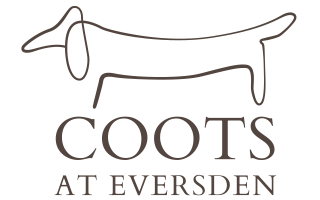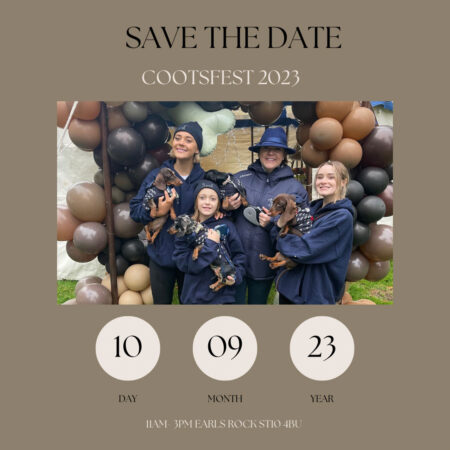Why Your Dachshund’s Reverse Sneezing Isn’t as Scary as It Seems
If you’ve ever noticed your Dachshund suddenly snorting or honking, it might have left you feeling a little alarmed. This unusual behaviour is called reverse sneezing, and while it can look and sound concerning, it’s typically harmless. It’s something many Dachshund owners experience, so you’re not alone.
What is Reverse Sneezing?
Reverse sneezing is fairly common in dogs, especially smaller breeds like Dachshunds. It happens when their throat and soft palate spasm, leading to a quick intake of air through the nose. Instead of sneezing outward, they seem to inhale sharply, producing that strange snorting sound.
This can be triggered by a variety of things, such as excitement, eating or drinking too quickly, or irritants like dust, pollen, or strong scents. Weather changes can also play a role. Cold air, sudden temperature drops, or even high humidity can irritate a dog’s nasal passages, making them more likely to have an episode. With their long bodies and compact nasal passages, Dachshunds may be more prone to it than other breeds.
What Should You Do?
When your Dachshund starts reverse sneezing, try not to panic. It may look dramatic, but it usually isn’t painful or dangerous for them. The episode will often stop on its own within a few seconds to a minute.
To help your dog, you can try gently stroking their throat or briefly covering their nostrils to encourage swallowing. Some owners find offering a little water can also help ease the episode. If the weather is a trigger, keeping your dog warm in colder conditions or using a humidifier during dry weather might reduce irritation. Most importantly, stay calm and reassure your dog with a soothing voice—they’ll pick up on your cues and feel more at ease.
When to Be Concerned
While reverse sneezing is usually nothing to worry about, it’s worth paying attention if it happens frequently. Regular episodes might suggest an underlying issue, such as allergies, respiratory infections, or nasal irritants.
You should also look out for other symptoms, like coughing, nasal discharge, lethargy, or any signs of difficulty breathing. If these appear alongside the reverse sneezing, it’s a good idea to consult your vet. They can check for any potential problems and put your mind at rest.
Reducing the Chances of an Episode
Although you can’t always prevent reverse sneezing, there are steps you can take to reduce how often it happens. Switching from a collar to a harness can help by avoiding pressure on your dog’s throat. Keeping your home free from common irritants like dust, smoke, or strong cleaning products can also make a big difference. If the weather is a factor, avoid exposing your dog to extreme conditions and monitor how they react to changes in temperature or humidity. However, if allergies are suspected, your vet may be able to recommend treatments to keep your Sausage comfortable.
A Common Quirk of Dachshunds
Reverse sneezing is just one of those things that comes with owning a Sausage. Most of the time, it’s a harmless quirk that passes quickly and doesn’t require any intervention. By staying calm and knowing how to comfort your dog, you’ll both get through it with ease.
However, always trust your instincts. If something feels off or your Sausage doesn’t seem quite right, it’s always best to check with your vet. They’ll guide you through any concerns and ensure your furry friend stays happy and healthy.




